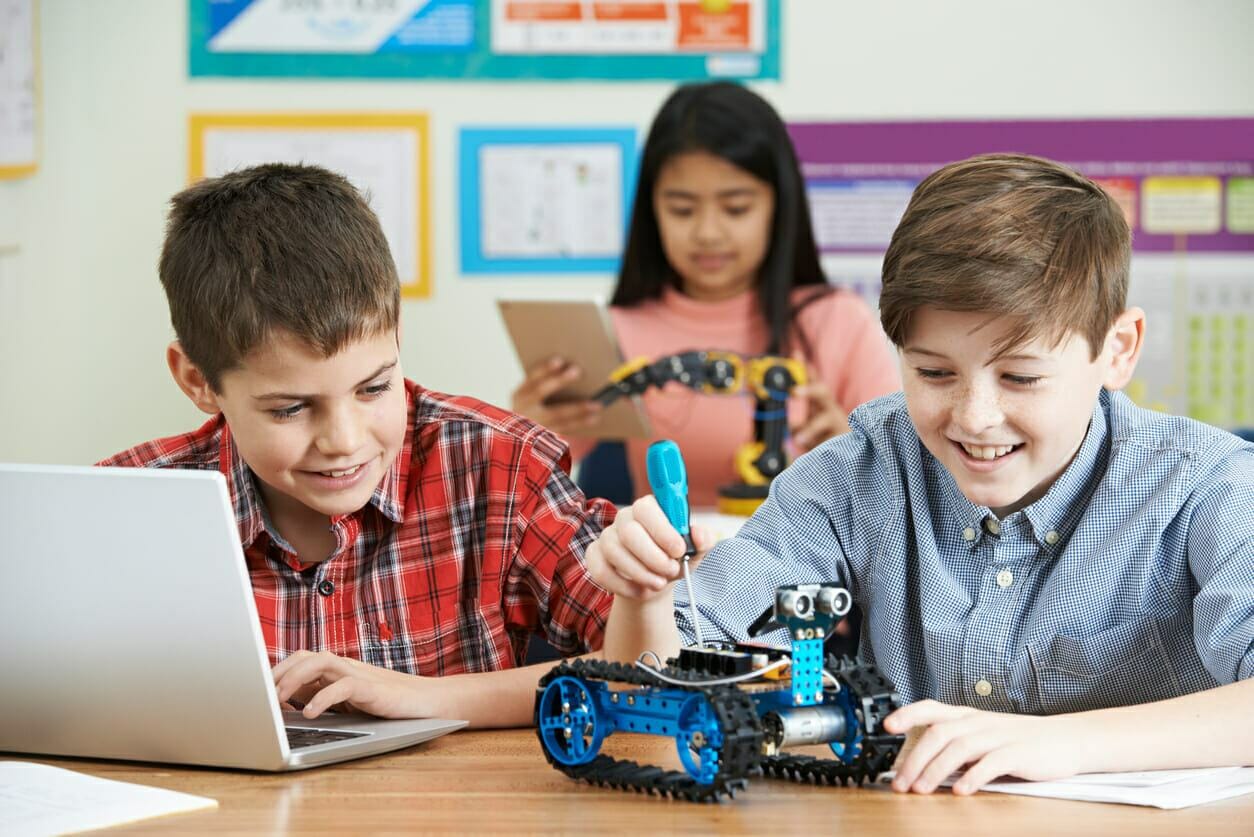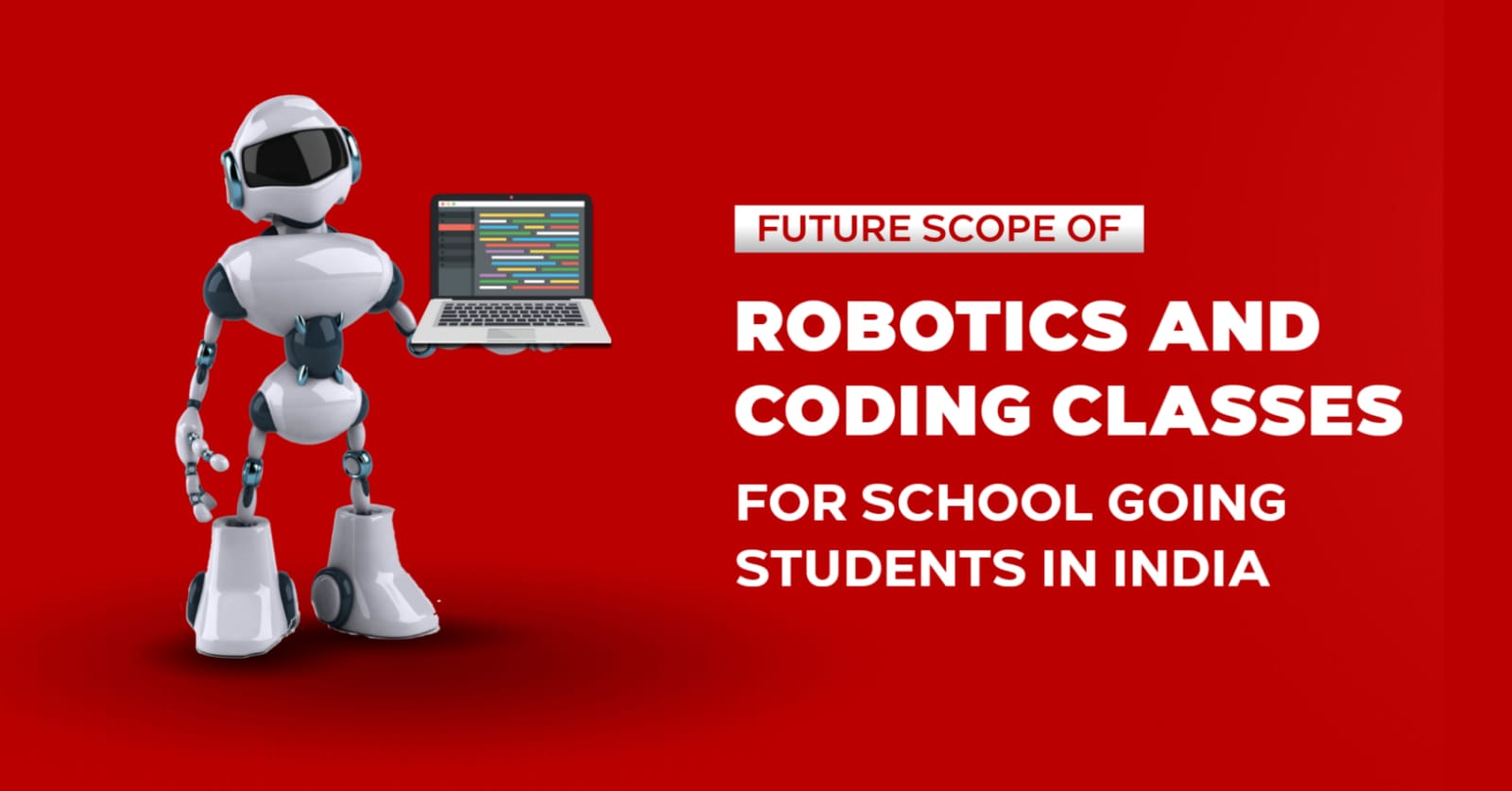If we remember Sci-Fi Hollywood films, Robo-Cop, Robots or Indian robot versions, the concept of ‘Robotic coding courses‘ has penetrated in our heads such as attraction. Even though we have considered it, as a matter of distant future, the world today now deals with automation and machine intelligence. That means, today, it’s not an embedded scientific fact.
In fact, we face such a situation where robotics are used efficiently to solve some practical problems such as brewing bombs, exploring shipwrecks or mine. On the other hand, some people lost their jobs due to drastic technology improvements.
Likewise, the education industry appreciates how progressive robotics is and has become a revolution that communicates among students outside its physical boundary, robotics and coding classes are as common as language ones. From tapes recorded to advance with educational substances, brilliant classrooms, AV projectors, and submission of online projects, showing how sharp all this is intertwined.
Where does learning take place?
Robotics classes for beginners and robotics classes for elementary students are both available, but introducing robotics directly is tough. There are two ways in which robotics can be used in education, both in intra intra-circular or in an extra-circular way. And additional circular activities consist of activities after school, where workshops can occur under instructor guidance. At home instructors can be parents and other places, instructors can be anyone.
The basic learning process means that the robot acts as an instructional robot, where the language learning process is included in the tutorial style. Having noticed that younger children are more comfortable to receive content if robots behave like their colleagues, the slightly older ones are more likely to receive robots as their tutors.
One significant disadvantage in this region is the absence of all educational modules with character and learning material for educators. Robotics education is still observed as an additional curricular activity and part of casual training. As we talked about before, relaxed training did not require all educational programs that were characterized basically.

Efforts must be given exclusively for increasing robotics and programming equipment for education but additional learning material plans, the right educational module and to the educator. In principle, part of a teacher is specifically connected to the section; Where robots play in learning action. The teachers take the role of facilitators while robots play character learning principles.
With the arrival of persistent innovation, it is profitable to understand the ability of robots as a strong additional learning item. Robots can be an interesting stage to find out about PCs, hardware, mechanical design, and dialects. It has been noted that children perform better on post-learning examinations and become more active when language learning has occurred with tapes and audio books.
Educational robots are subsections of educational technology, where they are used to encourage learning and increase the implementation of underage education. Robots provide essence with the capacity to add social relations with learning arrangements and consequently developments only with programming-based learning. Many newly developing fields like genetic engineering robotics coding course a boon. But not every educational robot requires social cooperation.
Robotics has made special education easy for future generations. Many who are littered with malignancy or other terminal diseases cannot make sense for the class every day. The best robotics course can take care of this problem by helping these children go to class from remote places.
Autistic students find it difficult to communicate with other people – external appearance and nonverbal signals that differently children will effectively understand. Robots can look rather like people, but without typical confusing expressions, so they can easily understand what people want to convey.

